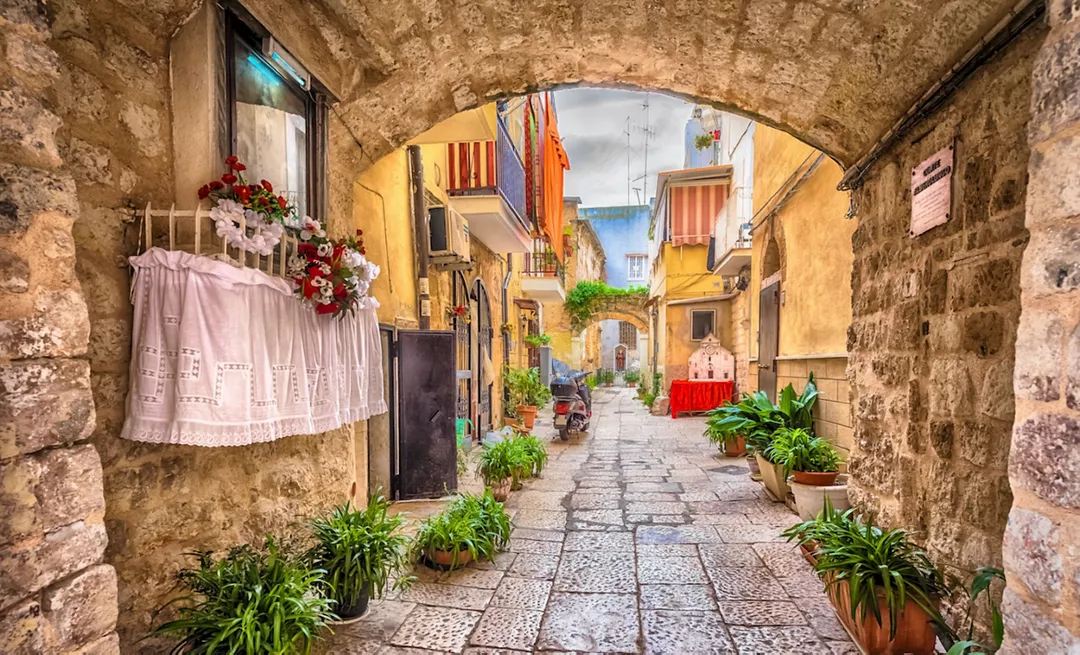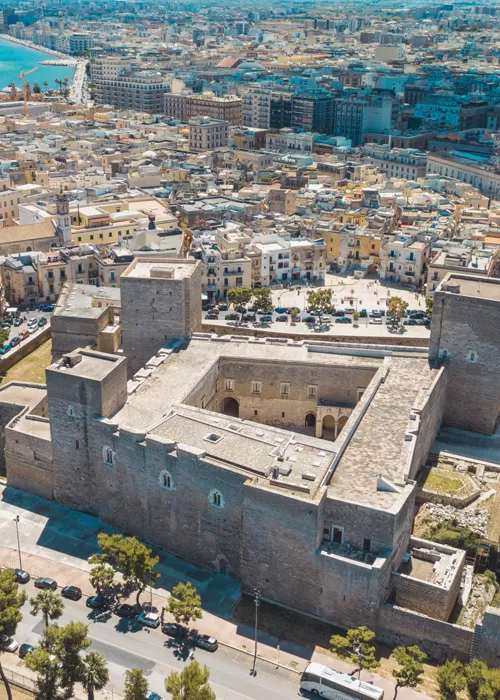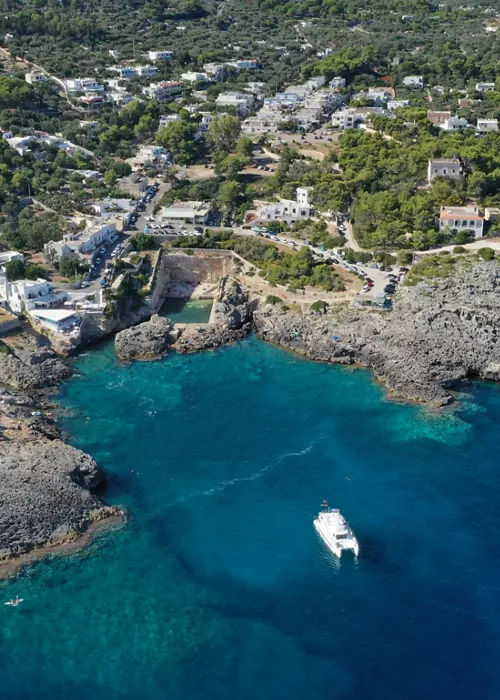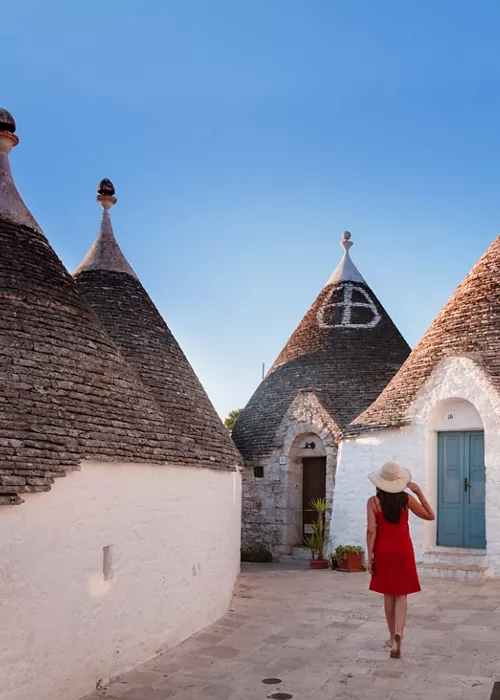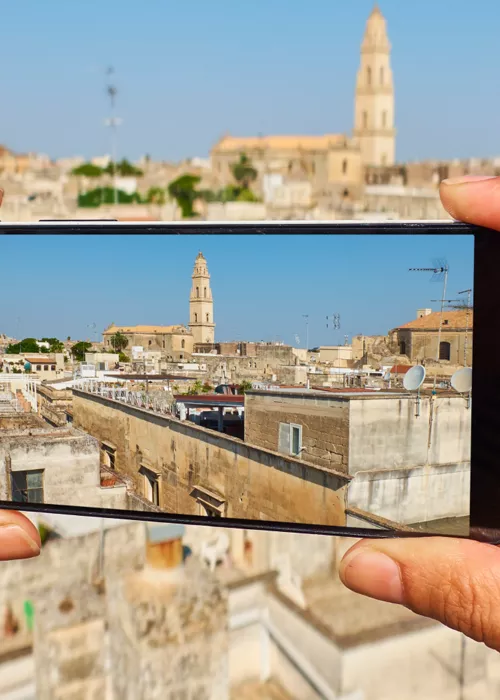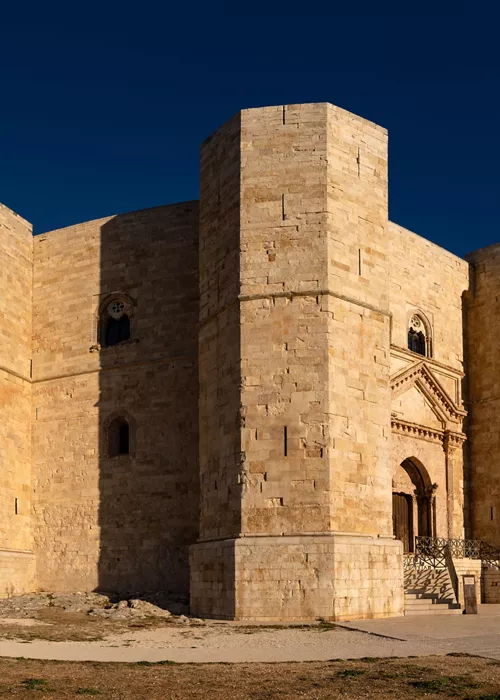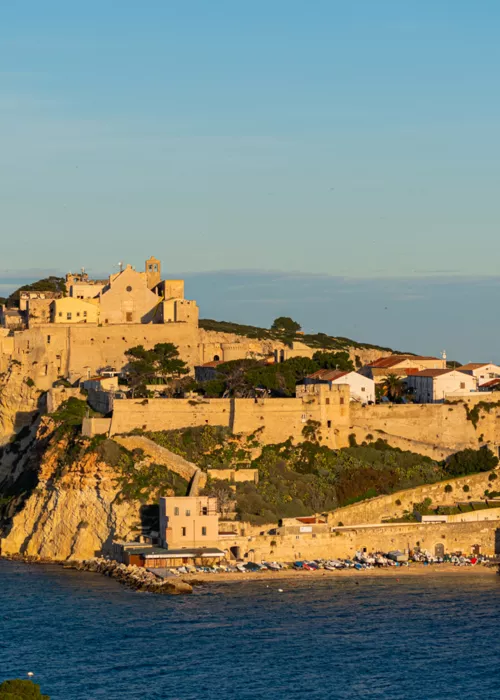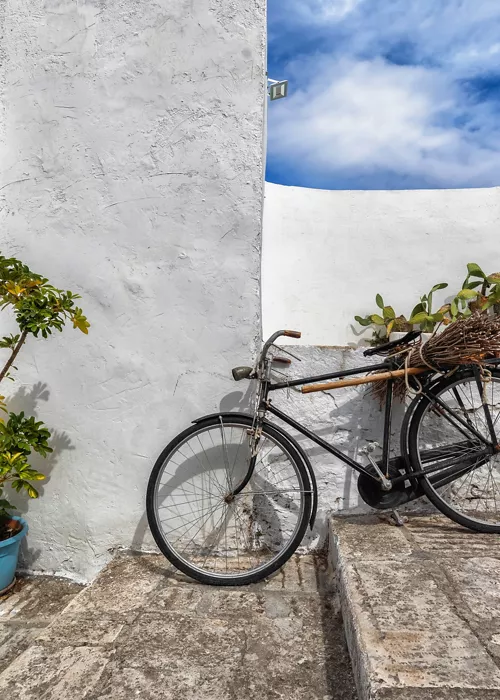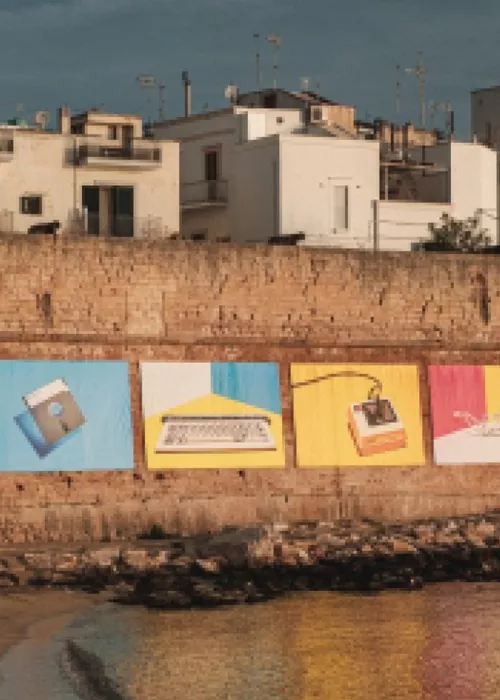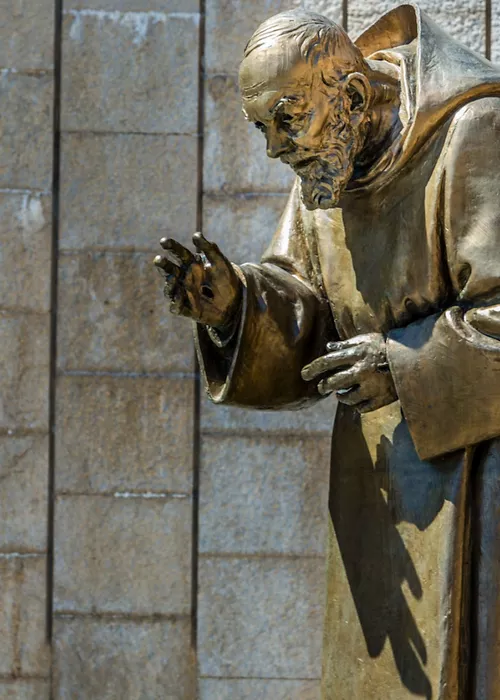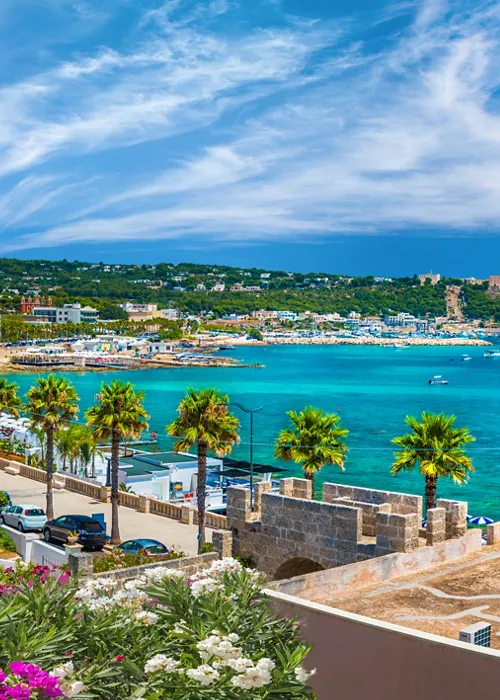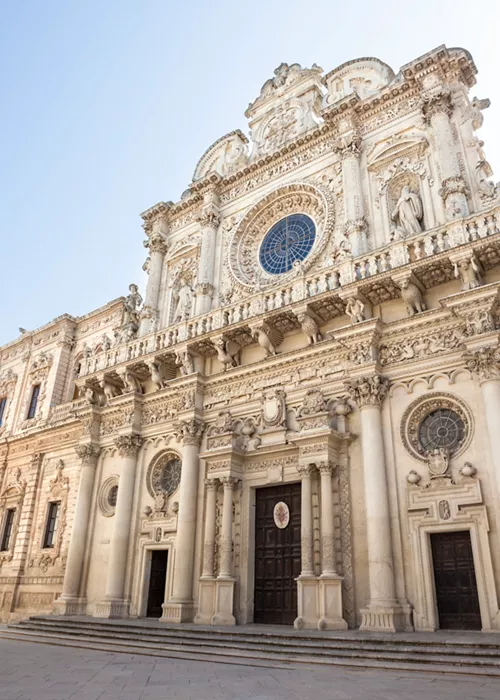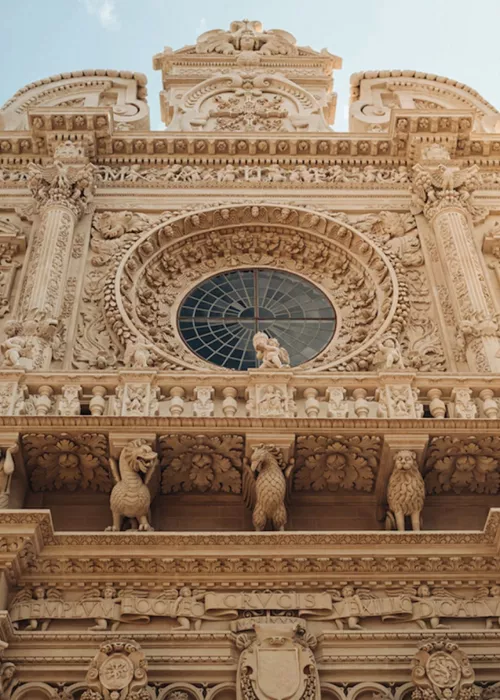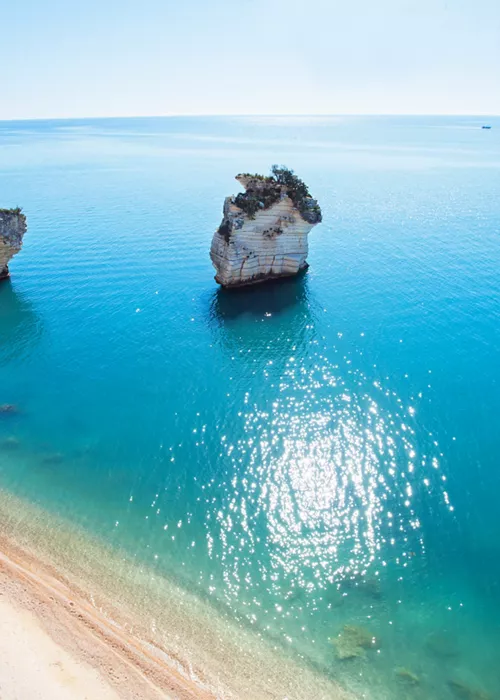Discovering Bari, an unexpected meeting point between East and West
5 minutes
Bari is highly multifaceted city, and you really need to discover every single aspect to understand its true core. Known as the “Gateway to the East” due to its long tradition of trade, this capital of Apulia is rich in history: see with your own eyes in the town of Bari Vecchia and surrounding area.
Exploring the historic centre allows us to discover its most authentic character, with signs of its past scattered through the local alleyways and endless examples of age-old traditions passed from generation to generation. Then there is the famous Bari promenade, one of the most beautiful in Italy, overlooking the clear sea and the unique charm of Bari.
Today, this dynamic city, nestled in the heart of the countryside punctuated by white dry-stone walls, is an important university hub.
But it still holds dear the memory of its seafaring exploits of the Middle Ages, as well as its precious monuments and striking churches.
The history and magic of Bari
The history of Bari is fascinating and turbulent. The ancient settlement dates back to the Bronze Age, passing from rule by the Peucetians to the Goths, before being fought over by the Byzantines and Lombards. Repeatedly ransacked and destroyed, medieval Bari was conquered by the Saracens and became a small independent Muslim state. It was then taken over by the Franks, before returning to the hands of the Romans, who made it the major Italian political, military and commercial centre of the Eastern Roman Empire.
In 1087, with the arrival of the relics of St Nicholas of Myra, commonly known as Santa Clause, Bari became a thriving religious centre uniting the East and West. Norman rule in Apulia ensured a long period of prosperity for Bari, though it was still subject to conflict. Rebuilt by the Swabians, it experienced a new peak of splendour, until it declined again under the Angevins, torn apart by struggles between local squires and foreign bankers.
After going to the Aragonese and then the Dukes of Milan in 1464, it was restored to its former glory by Isabella of Aragon in 1500. In 1558, it fell into Spanish hands, experiencing numerous bloody rebellions, and in 1657 it was hit hard by plague. It then passed from Austrian to Bourbon rule, being renewed under French rule in the early 1800s with the construction of the new city.
After being returned to the Bourbons in 1815, it joined the Kingdom of Italy in 1860. This tumultuous history of dominations has left Bari with a unique artistic heritage for all to admire.
What to see in Bari: 3 unmissable sites
A perfect city not only for those who love the sea, but also for avid explorers: what to see in Bari? We have shortlisted 3 popular sites:
- A tour of the old Bari Vecchia is the perfect opportunity to get stuck into the heart of this Apulian capital. The San Nicola district spans between the two ports of Bari, the old and the new, overlooking the seafront of Bari. The historical centre of the city, dating back to the Middle Ages, is encircled by walls and dominated by the Norman-Swabian Castle, one of the icons of Apulia.
When strolling through the maze of narrow streets, pause to marvel at the women preparing typical Apulian orecchiette pasta, made traditionally by hand. - The next stop can only be the Basilica of San Nicola, one of the most striking and significant religious buildings in Italy. It is dedicated to St Nicholas of Myra, the patron saint and bishop who, according to legend, is the one and only Santa Clause.
- Finally, Lungomare di Bari offers a perfect opportunity to admire the Adriatic Sea and some of the city's most beautiful buildings. Pleasant and relaxing to walk around, the centre is dotted with typical restaurants where you can savour the delicious local dishes.
What to do in Bari: 3 ideas
Perfect for the whole family, it can be hard to pick out what to do in Bari, since this city offers a plethora of leisure activities.
Foodies can embark on the Bari Street Food Walking Tour through the alleyways of the historic centre, sampling the typical Bari street food enjoyed by the locals.
Then there are the many activities related to the sea, with boat excursions in and around Bari and various water sports to try your hand at.
Tip: make time for the Caves of Castellana tour, where stalactites, stalagmites and precious crystals lining the fascinating labyrinth of underground caves will leave you speechless.
What to eat in Bari: 3 typical specialities and treats
Apulian cuisine is world-famous: with simple ingredients, but rich in flavour and enhanced through great culinary knowledge. From panzerotto to a cone of sgagliozze and popizze, we have you covered when it comes to what to eat in Bari.
- Embarking on what will be a true culinary marathon can only mean one thing: focaccia barese. Fragrant, aromatic and sublime, with a base of re-milled semolina, boiled potatoes, salt, yeast and water, garnished with fresh halved tomatoes and Bari olives.
- Another unmissable dish is Tiella, a rich meal of rice, potatoes and mussels au gratin.
- Finally, it would be a travesty to visit Bari without savouring its orecchiette with turnip tops, an iconic dish that features in various literature and cinema set in the area.
If, however, what you are looking for is a real Bari DOC experience, a raw seafood aperitif will leave you satisfied.
Unique places in Bari: 3 sites to discover
When it comes to planning a tour of Bari's unique sites, we suggest the Russian Church in Bari, the only Orthodox church in Western Europe. It was built at the behest of Tsar Nicholas II, with the foundation stone laid in 1913.
The Arco delle Meraviglie “Arch of Wonders” in Bari is another must-see for romantic travellers: legend tells of two young lovers hindered by her disapproving family, but brought together by an idea from his family. One night, they built the arch so they could go between their windows, bringing these lovebirds closer together.
Finally, the Rock Church of Santa Candida, considered the largest Rupestrian church in Apulia, is well worth a visit.

